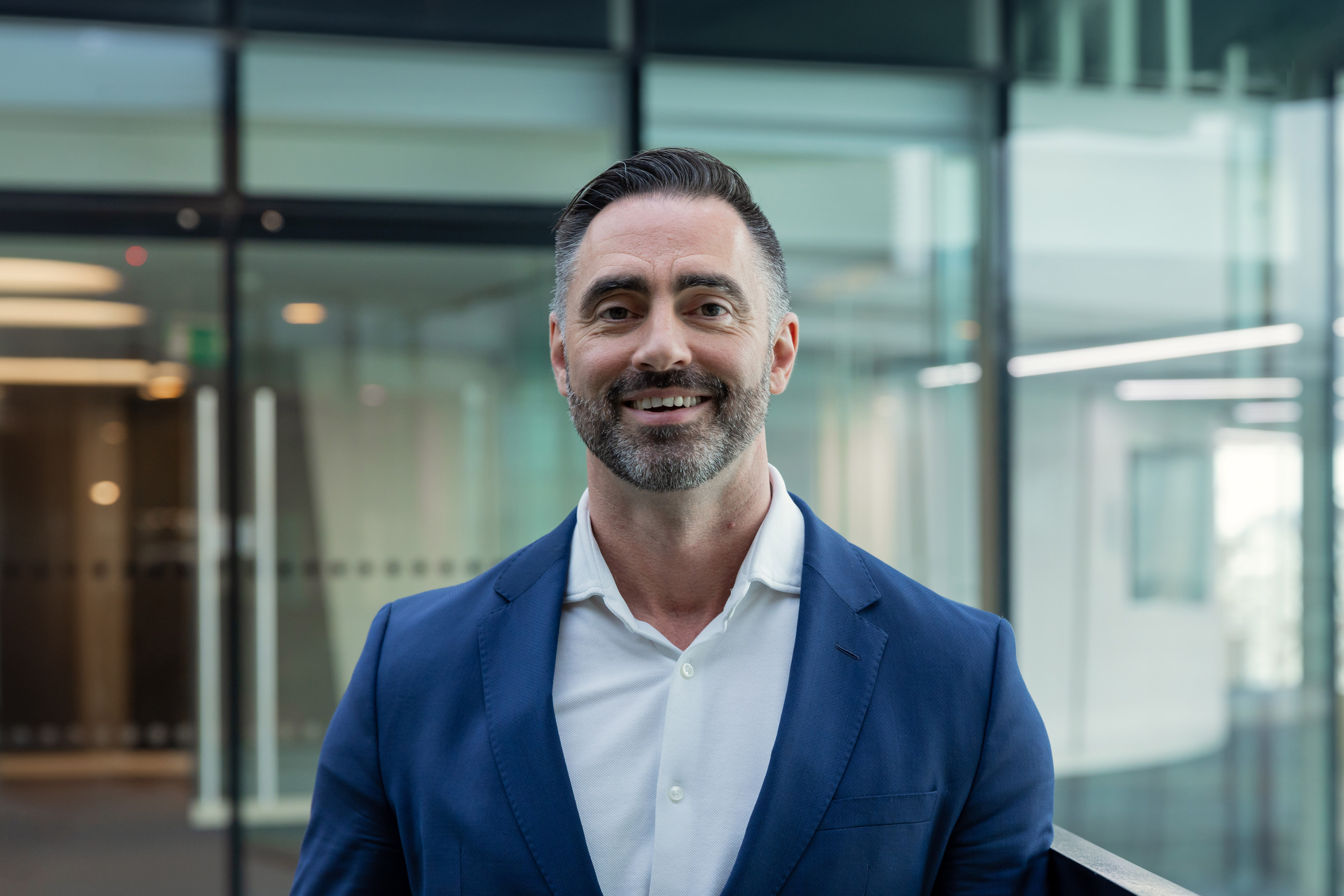EY refers to the global organization, and may refer to one or more, of the member firms of Ernst & Young Global Limited, each of which is a separate legal entity. Ernst & Young Global Limited, a UK company limited by guarantee, does not provide services to clients.
How EY can Help
-
EY teams can help address ESG and sustainability issues, investor concerns and improve ESG performance. Find out how.
Read more
As a start-up, there were myriad challenges that Extreme E had to manage from the outset. First and foremost was minimizing the carbon emissions of running the series.
Reducing impact
Extreme E understood that air freight is usually the greatest source of emissions for racing teams. EY CCaSS teams set about identifying the carbon emissions sources that would have the most significant impact on Extreme E and its stakeholders. Then, they gathered the relevant data about these emissions and used it to develop carbon accounts for Season 1 of the championship.
While Extreme E had incorporated a number of design decisions to minimize the impact of the series at a global level, to be a fixture in the future of motorsport calendars it also needed to be a good corporate citizen to the local communities where it races. This required a focus on minimizing its local social and environmental impacts at events.
To support this, social and environmental professionals from CCaSS developed a social and environmental impact assessment (SEIA) framework by tailoring the World Bank’s Environmental and Social Framework to suit Extreme E’s relatively small, transient events. This was supported by a series of templates that would help to provide a high-quality output, irrespective of who undertakes the assessment. They also built flexibility into the framework, so that it can be used in any location. “A desert in Saudi Arabia has a very different risk profile to Greenland in the Arctic,” says Kitchen.






